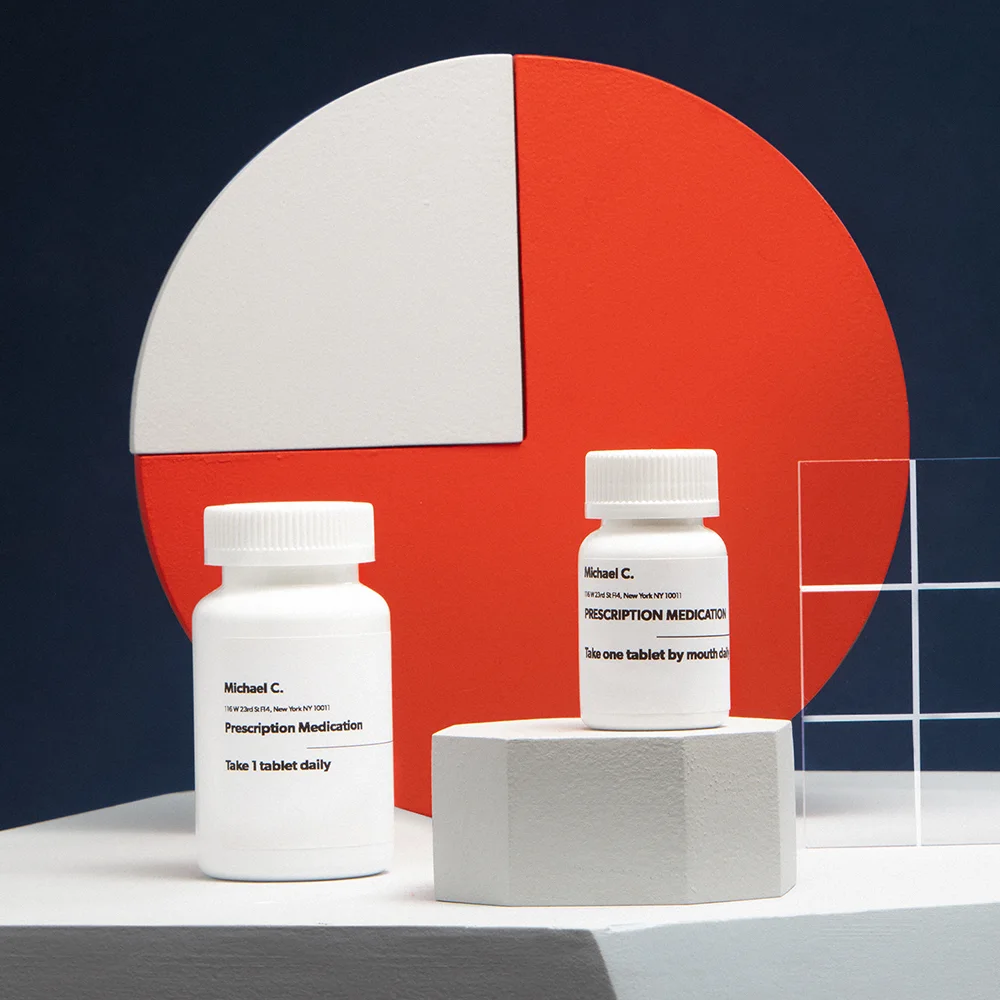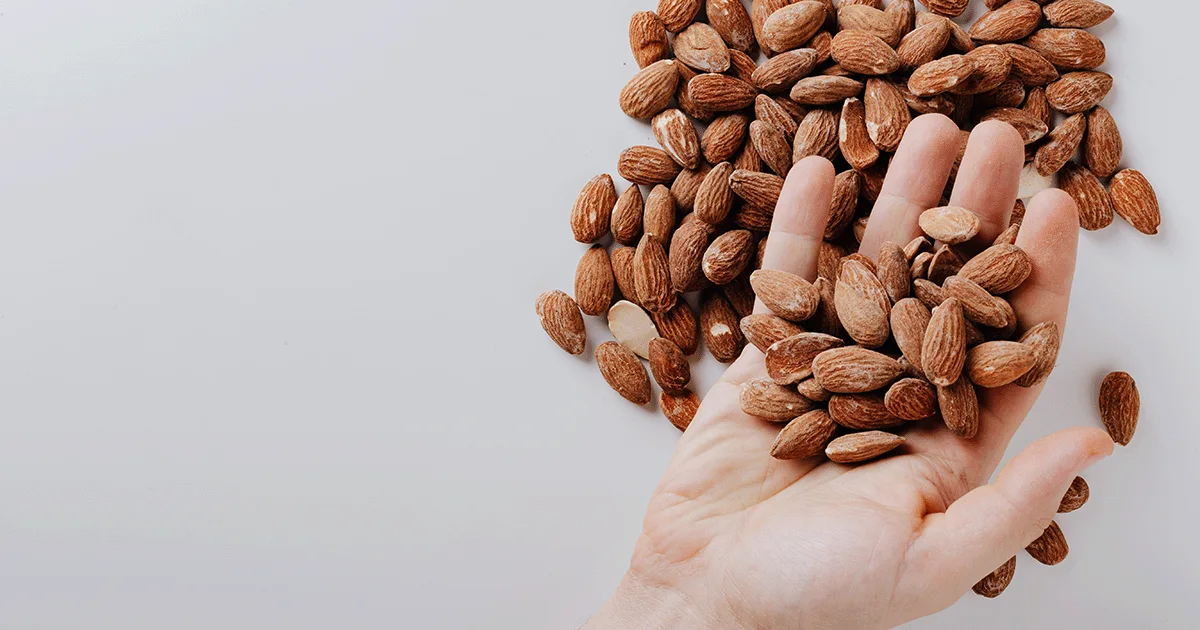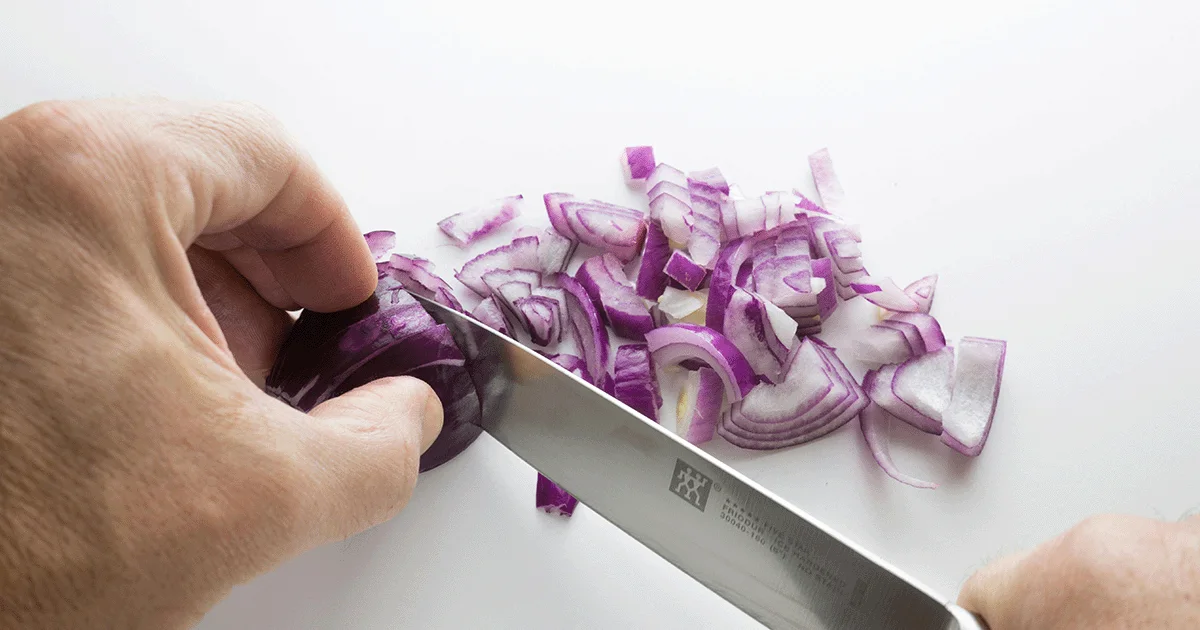Here's what we'll cover
Here's what we'll cover
It’s frustrating enough to catch a cold or stress out at work. It’s even worse when that cold or stress sets off the telltale burning or tingling sensation on your lip you know will turn into a full-blown cold sore. There’s no cure for the virus that causes cold sores, but there are ways to minimize discomfort and shorten its duration from the very first tingle.
How to treat cold sores at the first sign
Cold sores heal even without treatment, but it may take a few weeks. If you start treating it right away, it may not prevent the sore from developing, but it can reduce the symptoms and help it resolve more quickly. Some things you can do to treat a cold sore when you first notice symptoms are:
Apply cream: Topical creams (antiviral creams) help fight HSV-1 (herpes simplex virus 1), the virus that causes cold sores. When you start them early, they can shorten the amount of time you have symptoms and help your cold sore clear up faster (Leung, 2004; Woo, 2007). Some topical creams like Abreva (docosanol) are available over the counter, but you need a prescription for others, like Zovirax (acyclovir) and Denavir (penciclovir).
Take medication: Antiviral pills like Valtrex (valacyclovir; see Important Safety Information) and Famvir (famciclovir) fight HSV-1 and may be given to people who get frequent flare ups. If you take them within a few hours of your symptoms starting, these medications potentially shorten the duration of cold sores by about a day (Jensen, 2004). These pills are only available by prescription, so you’ll need to visit a healthcare provider to get them.
Soothe the symptoms: Pain relief won’t cure a cold sore, but it will make you feel more comfortable while it heals. A cool compress, topical pain relief creams (like lidocaine or benzocaine), Tylenol (acetaminophen), or Motrin (ibuprofen) can relieve some of the discomfort of cold sores.
What causes cold sores?
Cold sores, also called fever blisters, are a type of infection caused by HSV-1. It’s such a common infection that almost half of all people in the US aged 14–49 have had HSV-1 (McQuillan, 2018). A second herpes virus, called HSV-2 (herpes simplex virus 2), is commonly associated with genital herpes, but it also causes a small percentage of cold sores. No matter which one causes the cold sore, it will look, feel, and behave the same way.
HSV is like a stubborn, unwanted house guest—once it’s there, you can’t get rid of it. After an infection, HSV lives within your body forever, but this doesn’t mean you’ll always have a cold sore. Your immune system makes antibodies to control it, and some people never have symptoms again. Others experience flare-ups when the body is under stress (like when you’re sick or have a big event coming up), which may cause a cold sore at any (usually inopportune) time.
What are the symptoms of cold sores?
You may feel a cold sore coming on even before any blisters form. The day before blisters crop up, you may feel tingling, burning, or itching on your lip (Saleh, 2021). These symptoms usually occur in the same place every time. That’s because the virus that causes them lies dormant in a nerve, and the sores appear in the area served by that nerve each time. For some people, the sores appear in or around their nostrils rather than on their lips.
What does the start of a cold sore look like?
A cold sore goes through several stages, from the moment you first feel a tingle to the time it's fully healed. Cold sore stages include:
Tingling and burning around the lip or nostrils
Redness and swelling develop in the affected area
Small, painful, red, fluid-filled blisters develop in a cluster to form a larger sore.
After a few days, the blisters burst and leak fluid. The fluid crusts over and forms a scab.
Within 1–2 weeks, the scab falls off, and soon thereafter, the skin underneath will be completely healed.
How to prevent cold sores
It’s easy to get cold sores since you can get them from someone who doesn’t have symptoms. HSV-1 spreads quickly through saliva, body fluids like blood and mucus, and even contaminated objects. The best strategy is to avoid catching the virus altogether if possible. Here are some tips for avoiding HSV-1 (Fatahzadeh, 2007):
Wash your hands frequently, especially after touching your face or mouth.
Avoid sharing eating utensils, food, or drinks with others.
Don’t kiss anyone who has an active sore.
Don’t kiss anyone when you have a sore, especially babies, who are at risk for severe infections from HSV-1.
Don’t have oral sex while you have a cold sore.
Don’t share personal hygiene objects like razors or toothbrushes.
Once you’ve had a cold sore, there are ways to help prevent future cold sore outbreaks. You can’t always prevent cold sores, but avoiding the things that trigger them may minimize your risk. Everyone’s triggers are different, so it’s helpful to identify yours. Here are some ways to avoid common cold sore triggers (Fatahzadeh, 2007):
Stay out of the sun, or use sunscreen when you’re outside. Sun exposure is a common cold sore trigger. And don’t forget to apply lip balm with SPF to protect this sensitive area from sun exposure!
Avoid extreme cold, or keep your mouth covered in cold weather.
Wear lip balm to avoid chapped lips, since anything that cracks or irritates the skin around the mouth can trigger a cold sore.
Get enough sleep.
Try to limit stress.
Stay as healthy as possible—cold sores often pop up when you have a weakened immune system.
Some people develop cold sores frequently, even when they do their best to avoid triggers. In this case, a provider may recommend taking an antiviral medicine every day to control HSV-1. Whether you get cold sores frequently or it’s only happened once or twice, they’re always inconvenient and unwanted. The good news is there are things you can do to treat them before they're visible and ways to avoid a cold sore outbreak. Speak to a healthcare provider if you’re unsure how to address your cold sores.
DISCLAIMER
If you have any medical questions or concerns, please talk to your healthcare provider. The articles on Health Guide are underpinned by peer-reviewed research and information drawn from medical societies and governmental agencies. However, they are not a substitute for professional medical advice, diagnosis, or treatment.
Cernik, C., Gallina, K., & Brodell, R. T. (2008). The treatment of herpes simplex infections: an evidence-based review. Archives of Internal Medicine, 168 (11), 1137–1144. doi:10.1001/archinte.168.11.1137. Retrieved from https://pubmed.ncbi.nlm.nih.gov/18541820/
Cunningham, A., Griffiths, P., Leone, P., et al. (2012). Current management and recommendations for access to antiviral therapy of herpes labialis. Journal of Clinical Virology: The Official Publication of the Pan American Society for Clinical Virology , 53 (1), 6–11. doi:10.1016/j.jcv.2011.08.003. Retrieved from https://www.ncbi.nlm.nih.gov/pmc/articles/PMC3423903/#R20
Dougal, G. & Lee, S. Y. (2013). Evaluation of the efficacy of low-level light therapy using 1072 nm infrared light for the treatment of herpes simplex labialis. Clinical and Experimental Dermatology , 38 (7), 713–718. doi:10.1111/ced.12069. Retrieved from https://pubmed.ncbi.nlm.nih.gov/23731454/
Fatahzadeh, M., & Schwartz, R. A. (2007). Human herpes simplex labialis. Clinical and Experimental Dermatology , 32 (6), 625–630. doi:10.1111/j.1365-2230.2007.02473.x. Retrieved from https://pubmed.ncbi.nlm.nih.gov/17953630/
Jensen, L. A., Hoehns, J. D., & Squires, C. L. (2004). Oral antivirals for the acute treatment of recurrent herpes labialis. The Annals of Pharmacotherapy , 38 (4), 705–709. doi:10.1345/aph.1D285. Retrieved from https://pubmed.ncbi.nlm.nih.gov/14966254/
Leung, A. & Barankin, B. (2017). Herpes labialis: an update. Recent Patents on Inflammation & Allergy Drug Discovery , 11 (2), 107–113. doi:.2174/1872213X11666171003151717. Retrieved from https://pubmed.ncbi.nlm.nih.gov/28971780/
Leung, D. T. & Sacks, S. L. (2004). Docosanol: a topical antiviral for herpes labialis. Expert Opinion on Pharmacotherapy , 5 (12), 2567–2571. doi:10.1517/14656566.5.12.2567. Retrieved from https://pubmed.ncbi.nlm.nih.gov/15571473/
Looker, K. J., Magaret, A. S., May, M. T., et al. (2015). Global and regional estimates of prevalent and incident herpes simplex virus type 1 Infections in 2012. PloS One , 10 (10), e0140765. doi:10.1371/journal.pone.0140765. Retrieved from https://www.ncbi.nlm.nih.gov/pmc/articles/PMC4624804/
McQuillan, G., Kruszon-Moran, D., Flagg, E. W., & Paulose-Ram, R. (2018). Prevalence of Herpes Simplex Virus Type 1 and Type 2 in Persons Aged 14-49: United States, 2015-2016. NCHS Data Brief (304): 1-8. Retrieved from https://pubmed.ncbi.nlm.nih.gov/29442994/
Polansky, H., Javaherian, A., & Itzkovitz, E. (2018). Clinical trial of herbal treatment Gene-Eden-VIR/Novirin in oral herpes. Journal of Evidence-based Integrative Medicine , 23 , 2515690X18806269. doi:10.1177/2515690X18806269. Retrieved from https://www.ncbi.nlm.nih.gov/pmc/articles/PMC6204621/
Ramchandani, M., Kong, M., Tronstein, E., et al. (2016). Herpes simplex virus type 1 shedding in tears and nasal and oral mucosa of healthy adults. Sexually Transmitted Diseases , 43 (12), 756–760. doi:10.1097/OLQ.0000000000000522. Retrieved from https://www.ncbi.nlm.nih.gov/pmc/articles/PMC5117635/
Sadowski, L. A., Upadhyay, R., Greeley, Z. W., et al. (2021). Current drugs to treat infections with herpes simplex viruses-1 and -2. Viruses , 13 (7), 1228. doi:10.3390/v13071228. Retrieved from https://www.ncbi.nlm.nih.gov/pmc/articles/PMC8310346/
Saleh D., Yarrarapu S. N. S., & Sharma S. (2021). Herpes simplex type 1. StatPearls . Retrieved on May 16, 2022 from https://www.ncbi.nlm.nih.gov/books/NBK482197/
Woo, S. B. & Challacombe, S. J. (2007). Management of recurrent oral herpes simplex infections. Oral Surgery, Oral Medicine, Oral Pathology, Oral Radiology, and Endodontics , 103 Suppl, S12.e1–S12.e18. doi:10.1016/j.tripleo.2006.11.004. Retrieved from https://pubmed.ncbi.nlm.nih.gov/17379150/
Worrall, G. (2009). Herpes labialis. BMJ Clinical Evidence, 2009,
Retrieved from https://www.ncbi.nlm.nih.gov/pmc/articles/PMC2907798/










